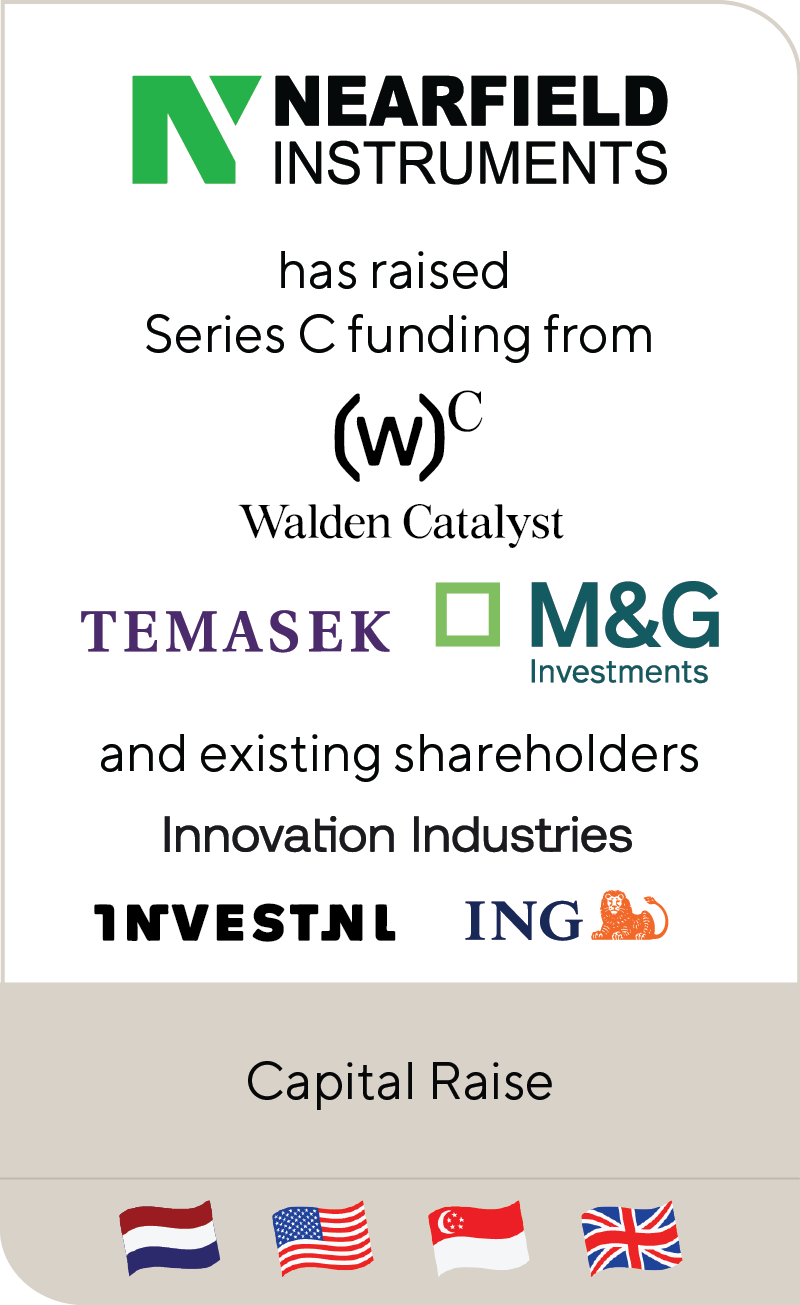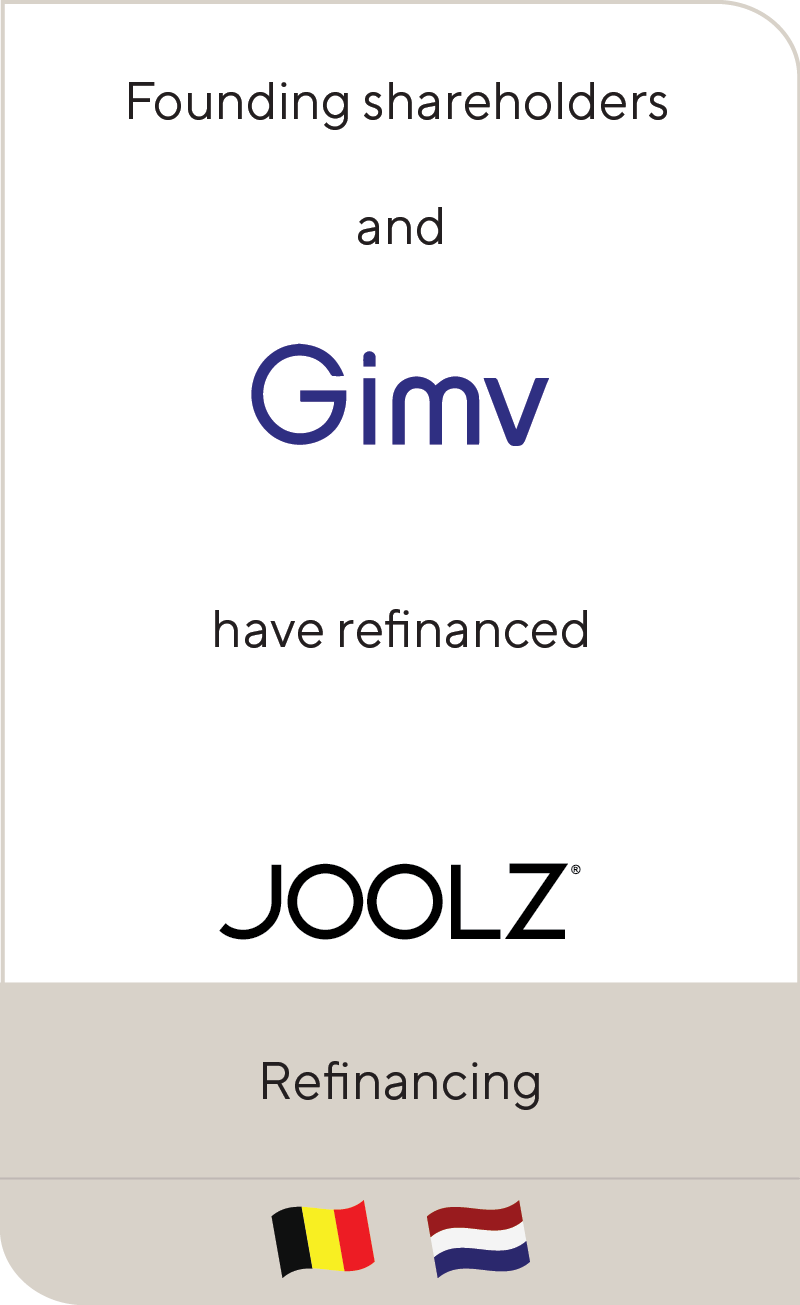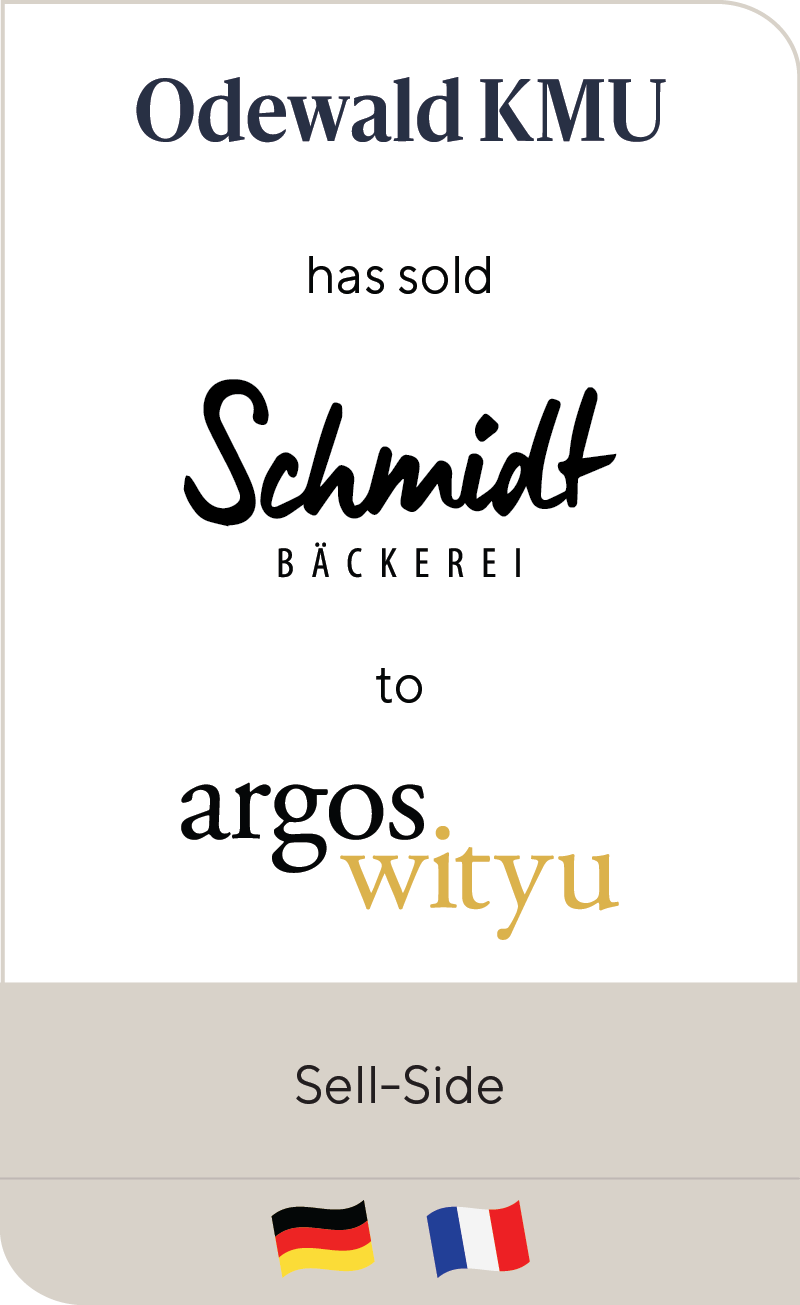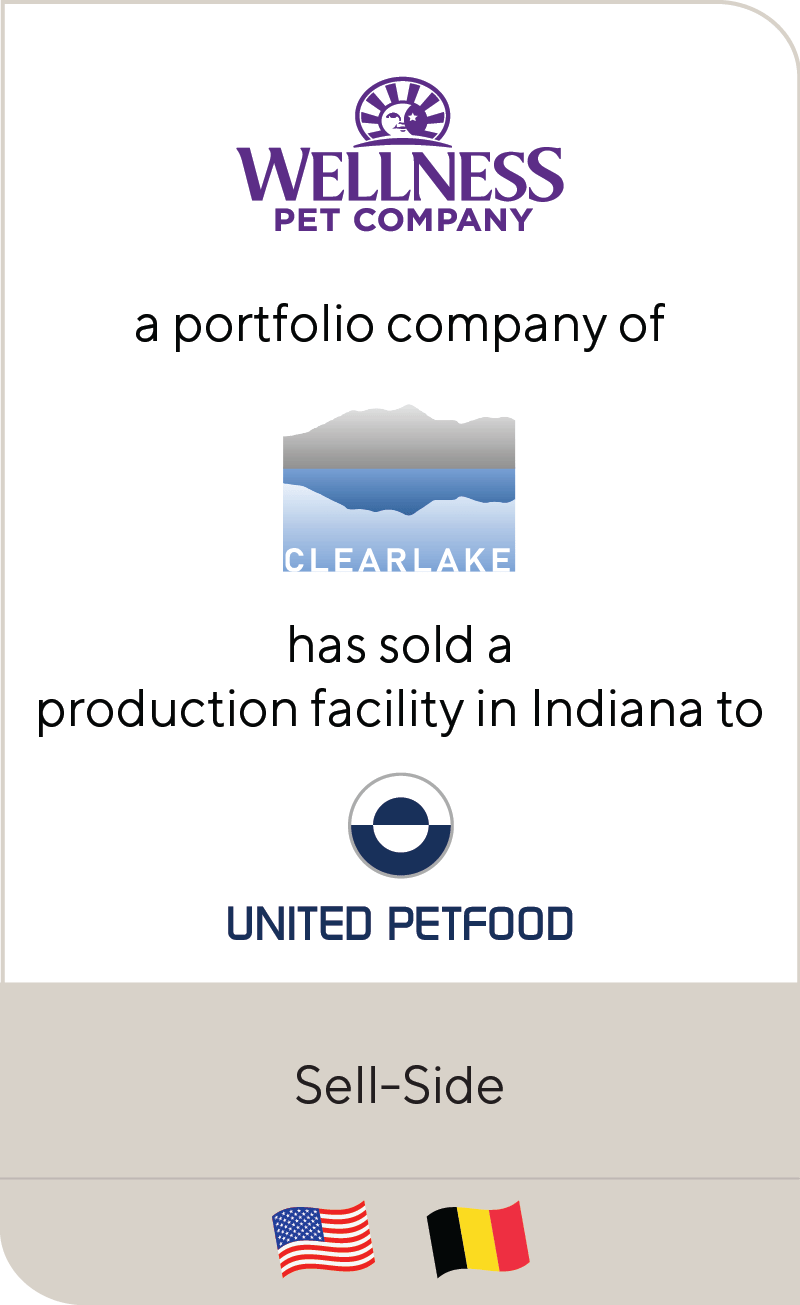Let’s Stay Together: Why PE Firms Are Committing to the Long-Haul Via Continuation Funds
Apr 2022
| Throughout the past several years continuation funds have grown in popularity for allowing private equity firms to extend their investment time horizons. In an industry known for extracting value during short-term portfolio company ownership, many private GPs are now looking to prolong their ownership.
Continuation funds are not a novel innovation. But recently, they have caught the interest of general partners as private equity recognizes the benefits of holding portfolio companies for a longer duration than the initial fund structure allowed. Dan Posternak and Steve Carre, co-heads of Lincoln International’s Private Funds Advisory, break down and unpack the trend. |
Summary
-
Dan Posternak and Steve Carre, co-heads of Lincoln International’s Private Funds Advisory, break down and unpack the continuation fund trend in private equity investments.
- Click here to download a printable version of this perspective.
- Sign up to receive Lincoln's perspectives
What is a continuation fund?
A continuation fund is a special purpose vehicle that allows a private equity firm to hold a promising portfolio company for a longer duration by moving it into a new dedicated fund vehicle. Limited partners in the existing fund are given the choice between cashing out/taking liquidity or extending their investment by rolling it into the continuation fund. LPs who elect to take liquidity are then replaced by new continuation fund investors.
While continuation funds have been an option for decades, when COVID-19 ground M&A activity to a halt in the first half of 2020, private equity firms searched for strategies to buy themselves time, extending their ownership of companies with strong business models that are led by great management teams.
Once a dirty word that implied a portfolio company had underperformed, was unattractive to potential buyers or was unfit for traditional exit strategies, this type of GP-led secondary transaction has been flipped on its head, rapidly becoming both ubiquitous and desirable.
Why and when should PE firms consider continuation funds?
When you have a strong asset… Continuation funds make sense when a GP owns a fundamentally valuable asset. As part of their strategy, private equity firms invest time and capital into and employ strategic planning and value creation initiatives on behalf of portfolio companies, but don’t always get to benefit from the business’s full potential prior to the expiration of the initial investment time horizon. By pursuing a continuation fund and securing additional time and/or capital, GPs may be able to generate additional value for the asset and for their investors. Often after moving a portfolio company into a continuation fund, GPs will continue to execute on the business plan by raising additional capital for add-on acquisitions or invoking additional value creation initiatives.
When you would benefit from additional return… From a GP’s perspective, a continuation fund is a strategic way to deliver benefits to all stakeholders – existing investors, new investors, portfolio company management teams and the GP. The GP has already bought the portfolio company and put in significant work in the first few years of ownership to optimize profitability. At this juncture, many GPs may consider a continuation fund instead of selling the asset and letting another sponsor reap the benefits of the groundwork they have already laid. More frequently we are seeing GPs ask themselves, “Why not just reinvest in this asset?”
When you would buy the same company today… Private equity firms should consider a continuation fund if they would be willing to buy the company they are contemplating selling at that same valuation. Perhaps they are only halfway through the business plan and know they can continue to bring value to the company, or they have been closely collaborating with the management team for the past five years and consider them the best in the business.
When your LPs need an exit option… Private equity funds have definitive lives. Assuming a 10-year fund life, for example, by the end of year seven, you should be exiting investments to provide liquidity to limited partners. The continuation fund provides liquidity to LPs who desire it and allows the current fund to realize the asset, while also giving LPs the option to reinvest in the deal again via the continuation fund. For new continuation fund investors, there is a benefit to investing in an identified asset that the GP is already extremely familiar with, as opposed to a traditional blind pool fund. Instead of investing in a blind pool fund, investors can evaluate the individual company by looking at past performance and conducting a full underwriting of the business outlook.
So, you think you need a continuation fund. What now?
Secondaries transactions can present potential conflicts of interest and need to be managed with the best interest of all stakeholders in mind. Once a GP has decided to pursue this option, it is critical to work with a knowledgeable advisor who can ensure that you check all the boxes, from obtaining a fairness opinion to preparing comprehensive due diligence materials for new LPs.
How will continuation funds impact private equity’s approach to exits?
Traditionally when private equity firms are ready to exit a portfolio company, they consider four tried and true options: a dividend recap, selling to a strategic investor, selling to a financial buyer, or readying the business to go public.
The rise of continuation funds may disrupt this traditional thinking – inspiring private equity firms to think beyond the in-and-out of good investment stewardship and consider if a longer-term relationship is in the cards.
Contributors

I am inspired by the opportunity and privilege to work alongside passionate and focused people, helping them achieve their goals and ultimately push beyond the edge of possible.
Stephen Carre
Managing Director & U.S. Co-head of Private Funds Advisory
New York
Partnering with best-in-class sponsors to identify and implement creative capital raising solutions has inspired me throughout my career.
Dan Posternak
Managing Director & U.S. Co-head of Private Funds Advisory
New YorkMeet Professionals with Complementary Expertise in Private Funds Advisory

I am inspired by the opportunity and privilege to work alongside passionate and focused people, helping them achieve their goals and ultimately push beyond the edge of possible.
Stephen Carre
Managing Director & U.S. Co-head of Private Funds Advisory
New York
I look beyond the capital to cultivate investment paths that lead to sustainable growth and enduring success.
Jonathan Graham
Managing Director & European Head of Private Funds Advisory
London
Partnering with best-in-class sponsors to identify and implement creative capital raising solutions has inspired me throughout my career.
Dan Posternak
Managing Director & U.S. Co-head of Private Funds Advisory
New YorkRelated Perspectives in Private Funds Advisory

Lincoln International expands Private Funds Advisory Group into Europe
Jonathan Graham appointed as Managing Director to lead efforts from London Lincoln International, a global investment banking advisory firm, announced that it has expanded its Private Funds Advisory (PFA) capabilities into… Read More

“Leader to Leader” Series
The Leader to Leader video series turns up the dial on rich conversations with prominent leaders – from business owners and entrepreneurs to investors and CEOs – highlighting their stories… Read More

The Rising Popularity of NAV Loans
The current economic environment has called for partial liquidity alternatives that provide value for private equity firms and other fund managers. One of those alternatives, the net asset value (NAV)… Read More













